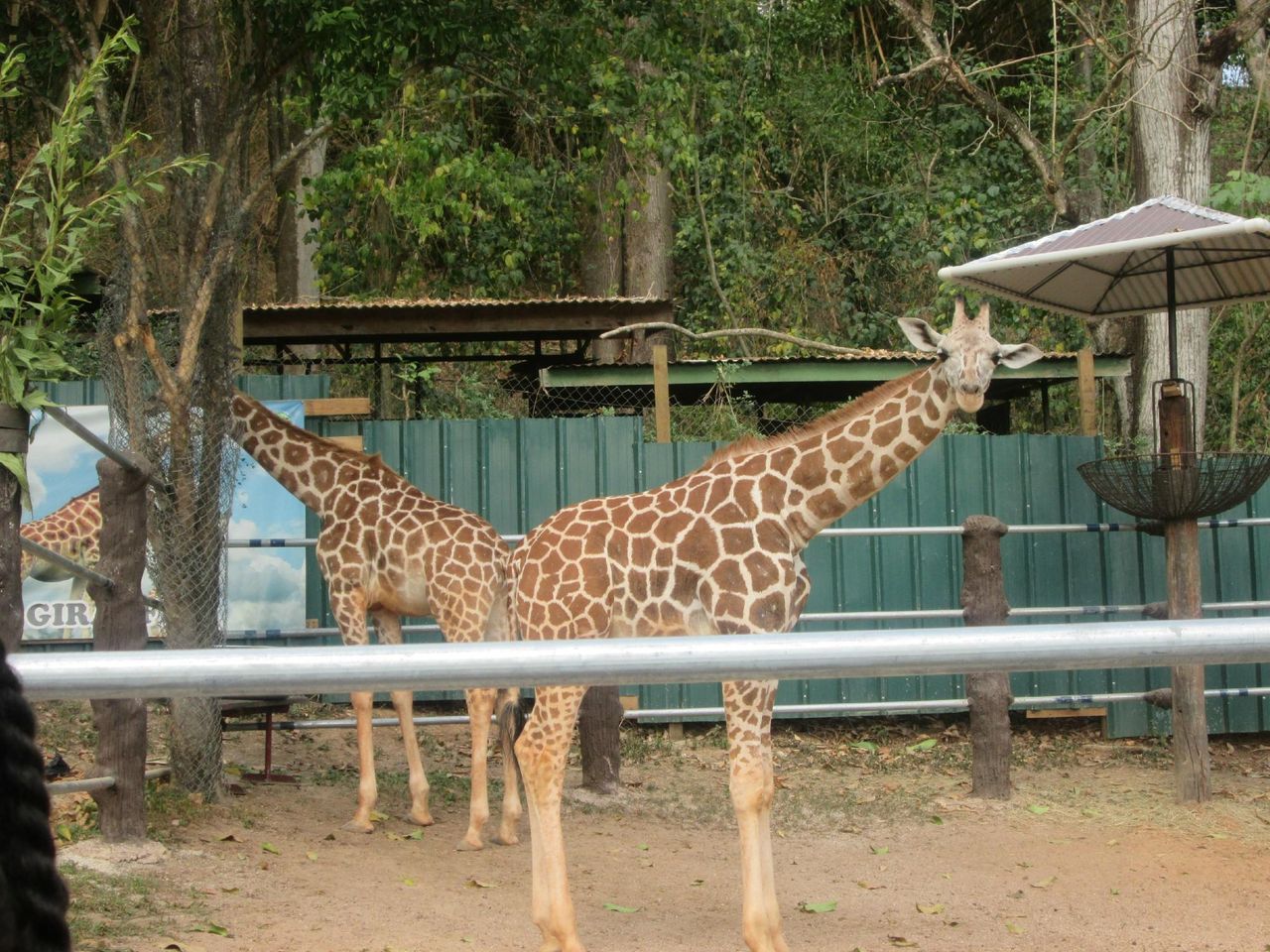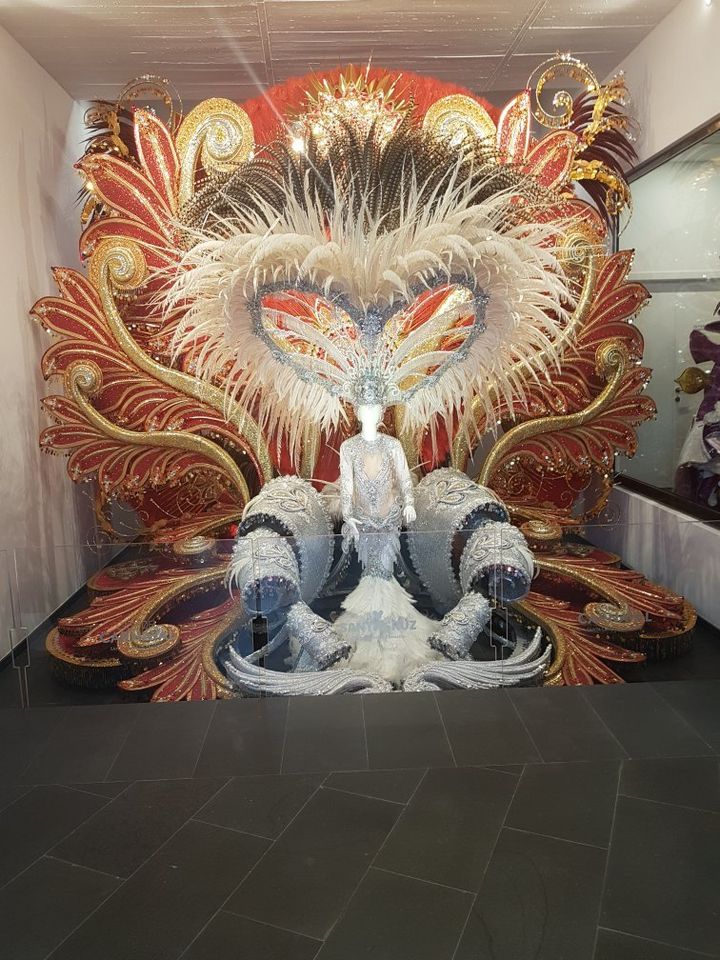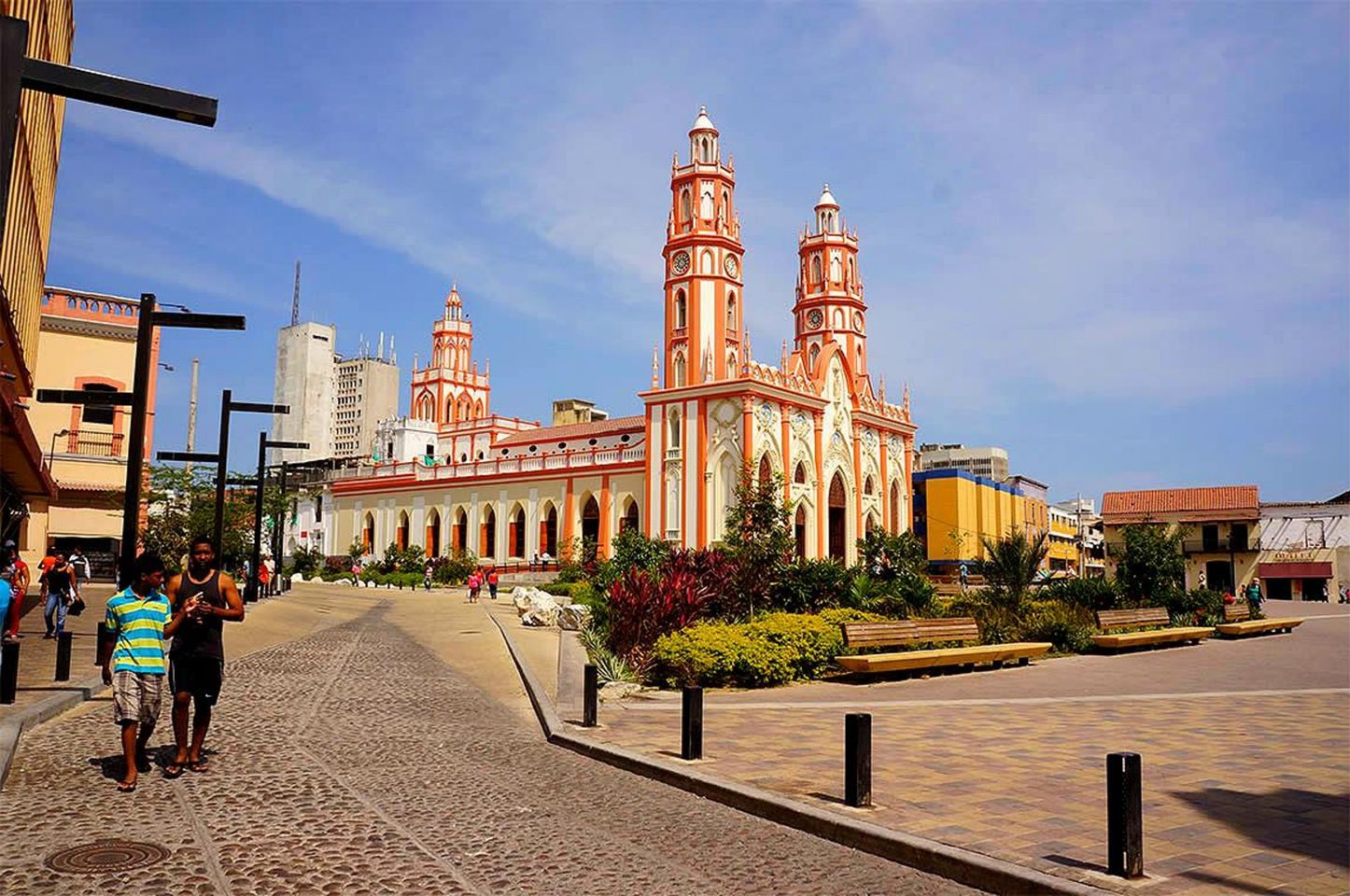Discover the Wild Charm of Zoo of the Caribbean – Barranquillas Top Attraction!

We live in a world that is fast losing its natural beauty, diversity, and wildlife. With entire species on the brink of extinction, zoos have become crucial in preserving our planet’s natural wonders and educating people about the importance of conservation. In Colombia, the Barranquilla Zoo is one such establishment that has been steadfast in its efforts to protect and care for endangered animals.
Located in the heart of the bustling city of Barranquilla, the zoo is home to over 500 animals from about 140 species. From big cats to reptiles and birds, the zoo offers a diverse range of creatures from all over the world. As a result, the zoo has become one of the city’s most popular attractions, both for locals and tourists alike.
However, the Barranquilla Zoo is more than just a place to view exotic animals. The zoo has made significant strides in conservation and research efforts and is a pioneer in education. With interactive exhibits and educational programs, it has become a hub for conservation awareness and a valuable resource for the community. In this article, we will explore the diverse array of animals in the Barranquilla Zoo and delve into the conservation efforts that are helping to preserve these amazing creatures for future generations. Click here to access the complete city guide for Barranquilla.
Animal species present in Zoo of the Caribbean
When visiting the Zoo of the Caribbean in Barranquilla, Colombia, an undeniable focal point is the array of animal species on display. While some may argue that zoos serve as a means for conservation and education, we must question the ethics of keeping animals in confinement solely for human entertainment.
It is crucial to acknowledge that many of the animals present in zoos are not native to the area and have been forcibly removed from their natural habitats. The stress of being removed from their homes and placed into unfamiliar and often inadequate enclosures can lead to physical and psychological issues for these creatures. As a society, we must question whether our desire for entertainment outweighs the well-being of these animals.
Furthermore, zoos often fail to educate visitors on the true nature of the animal species on display. Seeing an animal behind a glass panel or in a cage does not provide a realistic portrayal of the species’ natural behavior and habitat. Instead, we should focus on promoting conservation efforts and responsible tourism in the animals’ native habitats. By doing so, we can help preserve these beautiful and unique creatures in their natural environments without subjecting them to the confines of a zoo.
Conservation efforts at Zoo of the Caribbean
At Zoo of the Caribbean, it’s not just about showcasing exotic animals for visitors’ entertainment; they’re actively working towards preserving and conserving rare and endangered species. As staunch proponents of conservation efforts, Zoo of the Caribbean is doing its part in educating the public about the role they can play in protecting and conserving these magnificent creatures.
Nowadays, with the ever-increasing threat of climate change and widespread destruction of wildlife habitats, it is more important than ever before to have institutions like Zoo of the Caribbean. By raising awareness and conducting public education, they’re effectively contributing to the effort to protect species that are essential to maintaining a healthy and balanced ecosystem.
While some may be critical of zoos, at Zoo of the Caribbean, we firmly believe that they’re taking a step in the right direction. It’s crucial for us to appreciate the significance and value of animals on a deeper level, and the conservation efforts and education we engage in when visiting this zoo can help us in playing our part in preserving our natural world for generations to come.
Educational programs and events at Zoo of the Caribbean
As we step into the Zoo of the Caribbean, we can’t help but be amazed at the educational programs and events that are available. This zoo is not just a place to see some of the most exotic animals on the planet – it’s also a fantastic learning opportunity for visitors of all ages.
The variety of educational programs offered by the zoo is astounding. From guided tours that are tailored to the specific interests of different groups, to interactive sessions with zookeepers, there is something for everyone. They even have a program that allows visitors to “adopt” an animal for a day, which is a great way to learn more about the particular species and their natural habitat.
The events at the zoo are also a highlight of any visit. There are regular shows featuring trained animals that showcase their natural behaviors, and fascinating presentations by experts in the field of wildlife conservation. So, if you’re looking for an enriching experience that will not only entertain but also educate you and your family, then the Zoo of the Caribbean in Barranquilla is a must-visit.
Conclusion
In conclusion, the Zoo of the Caribbean in Barranquilla, Colombia, is a unique place that offers visitors a glimpse of the incredible biodiversity that exists in this part of the world. While it has faced significant criticisms and challenges in the past, the zoo has striven to improve itself, and it now stands as a prominent advocate for animal conservation and education.
We believe that the Zoo of the Caribbean is an essential destination for anyone interested in wildlife and conservation. It provides visitors with the chance to get up close and personal with animals that many people may never have seen before. And more importantly, it exposes them to the important work that goes on behind the scenes to protect these animals from human activity.
Ultimately, we hope that visitors to the Zoo of the Caribbean will use their experiences there to become more informed and active participants in the fight to protect wild animals. By supporting conservation efforts and raising awareness about the plight of these creatures, we can all make a difference in ensuring that they continue to thrive for generations to come.





